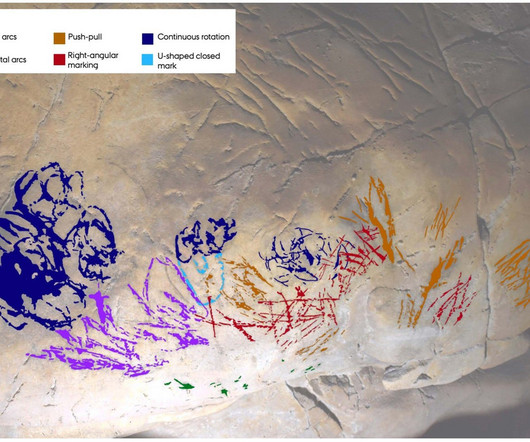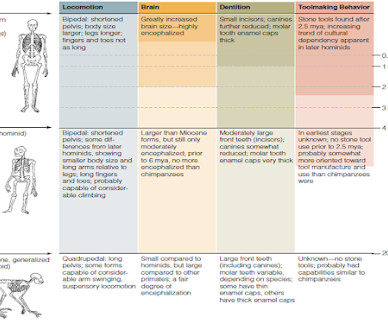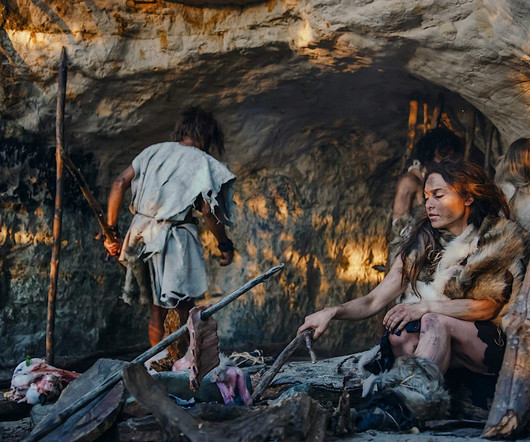Children as Artists: A New Perspective on Upper Paleolithic Cave Art
Anthropology.net
DECEMBER 3, 2024
By integrating insights from developmental psychology, researchers have identified playful and imaginative marks made by young artists, fundamentally rethinking prehistoric creativity. The article is titled, “Children as playful artists: Integrating developmental psychology to identify children’s art in the Upper Palaeolithic.















Let's personalize your content